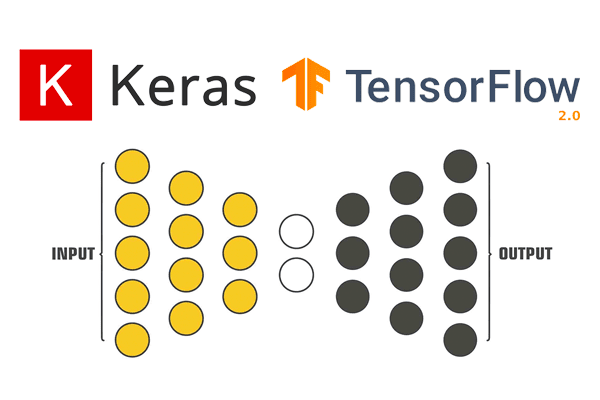CategoricalAccuracy loss_fn = tf. The Keras library provides a way to calculate and report on a suite of standard metrics when training deep learning models. In addition to offering standard metrics for classification and regression problems, Keras also allows you to define and report on your own custom metrics when training deep learning models.
This package provides metrics for evaluation of Keras classification models. The metrics are safe to use for batch-based model evaluation. To install the package from the PyPi repository you can execute the following command: pip install keras-metrics Usage.
You can provide logits of classes as y_pre since argmax of logits and probabilities are same. Calculates how often predictions matches one-hot labels. This metric creates two local variables, total and count that are used to compute the frequency with which y_pred matches y_true.
One validation done by keras and one done by your metrics by calling predict. Another issue is now your metrics uses GPU to do predict and cpu to compute metrics using numpy, thus GPU and CPU are in serial. Computes the approximate AUC (Area under the curve) via a Riemann sum. If metric is compute expensive, you will face worse GPU utilization and will have to do optimization that are already done in keras.
Just your regular densely-connected NN layer. Keras is a deep learning application programming interface for Python. It offers five different accuracy metrics for evaluating classifiers.
This article attempts to explain these metrics at a fundamental level by exploring their components and calculations with experimentation. Keras offers some basic metrics to validate the test data set like accuracy, binary accuracy or categorical accuracy. However, sometimes other metrics are more feasable to evaluate your model.

In this post I will show three different approaches to apply your cusom metrics in Keras. Setup import tensorflow as tf from tensorflow import keras from tensorflow. Deep Learning library for Python.
Runs on TensorFlow, Theano, or CNTK. Once you choose and fit a final deep learning model in Keras, you can use it to make predictions on new data instances. There is some confusion amongst beginners about how exactly to do this. I often see questions such as: How do I make predictions with my model in Keras ? Tokenizer,base_filter from keras.
Sequential from keras. Dense txt1="""What makes this problem difficult is that the sequences can vary in length, be comprised of a very large vocabulary of input symbols and may require the model to learn the long term context or dependencies. I am playing with multilabel text classification using tf. For the first try (on CPU), I. Model groups layers into an object with training and inference features.
OS: MacOS Catalina 10. Env: virtualenv as described in TF official website TF Version: 2. Stable CPU version installed with pip install tensorflow First, I tr. Accuracy() There is quite a bit of overlap between keras metrics and tf.
However, there are some metrics that you can only find in tf. Let’s take a look at those. Classification Metrics.

AUC computes the approximate AUC (Area under the curve) for ROC curve via the Riemann sum. Keras provides various loss functions, optimizers, and metrics for the compilation phase.
Optimizer, loss, and metrics are the necessary arguments. Loss Function in Keras. These are available in the losses module and is one of the two arguments required for compiling a Keras model.

Below are the various available loss. I am building a multi-class classifier with Keras 2. Tensorflow backend),and I do not know how to calculate precision and recall in Keras.
Forecasting sunspots with deep learning In this post we will examine making time series predictions using the sunspots dataset that ships with base R. Sunspots are dark spots on the sun, associated with lower temperature. Layer weight regularizers. Regularizers allow you to apply penalties on layer parameters or layer activity during optimization. These penalties are summed into the loss function that the network optimizes.
D convolution layer (e.g. spatial convolution over images). Flatten from keras. MaxPooling1D from keras. Embedding from keras.
Aucun commentaire:
Enregistrer un commentaire
Remarque : Seul un membre de ce blog est autorisé à enregistrer un commentaire.